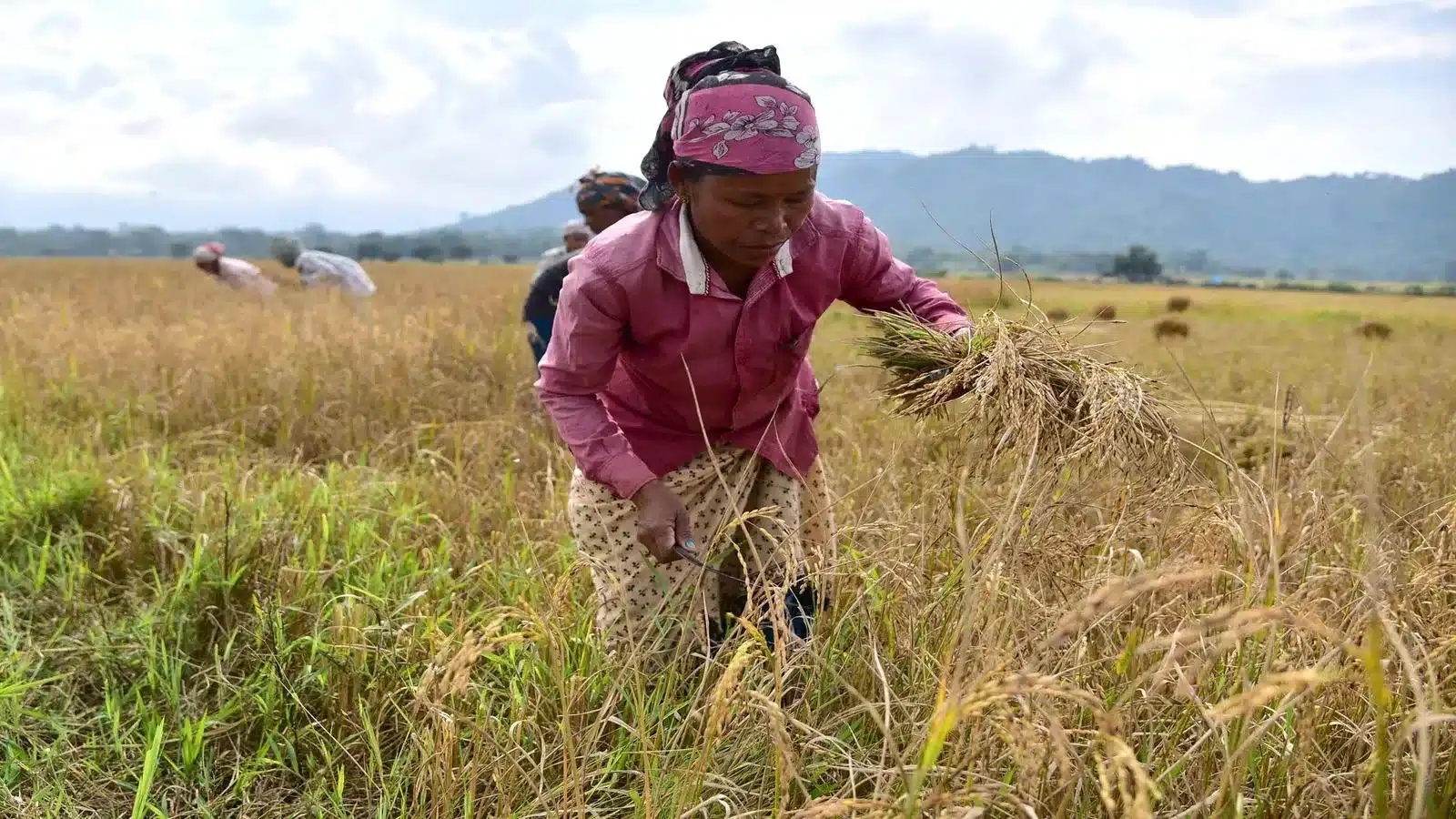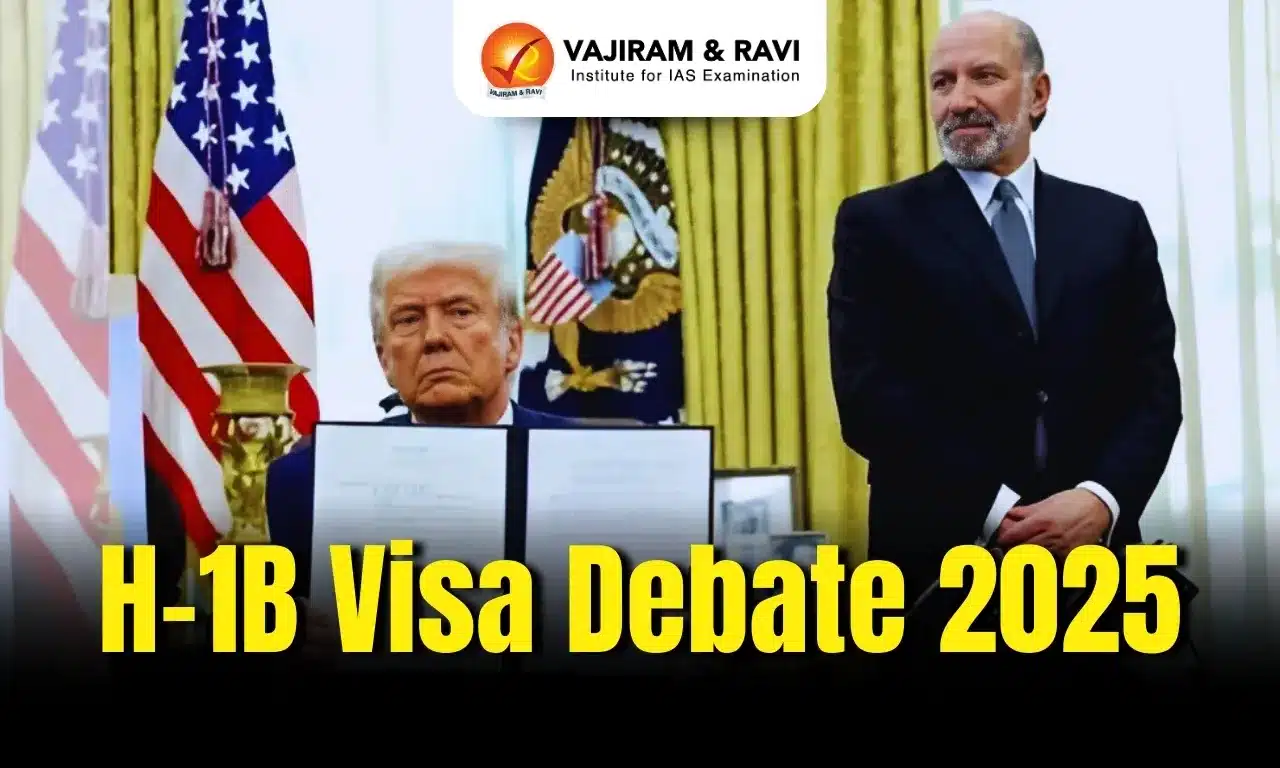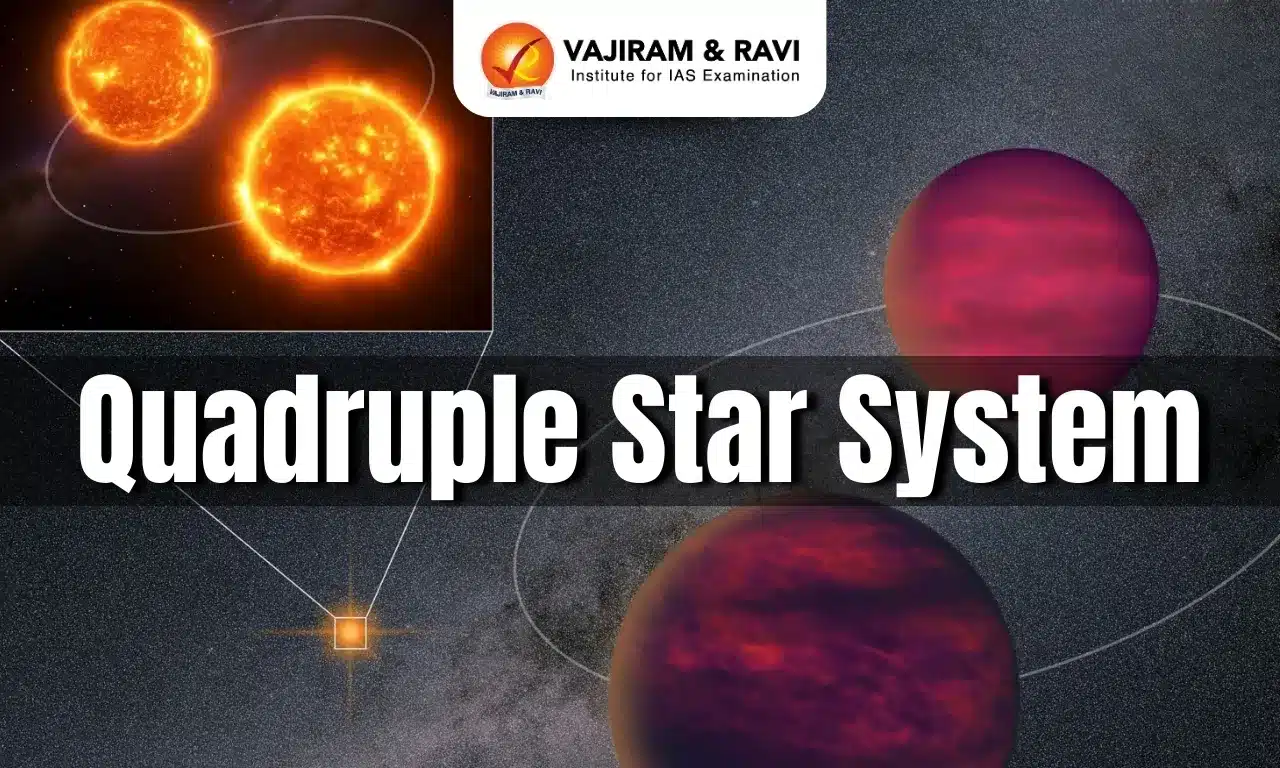What’s in Today’s Article?
- Why in News?
- Why are India’s Agri Subsidy Programmes Facing Challenges in the WT0?
- Attack on India’s Agri Subsidies by Influential Agri Exporting Countries
- Challenges Ahead for the Government of India
- Way Ahead for India
Why in News?
- The Government of India’s headroom to accede to the protesting farmers demand for a legal guarantee of minimum support price (MSP) is somewhat limited.
- This is because India is under pressure on its farm subsidies at the World Trade Organisation (WTO), with the latest attack by an influential group of 19 agri exporting countries.
Why are India’s Agri Subsidy Programmes Facing Challenges in the WT0?
- While India’s per farmer subsidy is abysmally low compared to what countries such as the US offer, the WTO rules do not consider subsidies on a per-farmer basis, thereby being heavily loaded against developing countries.
- For example, India’s total rice production in 2019-20 stood at $46.07 billion and it gave subsidies worth $6.31 billion (or 13.7%), which is above the 10% limit.
- However, India’s subsidy to farmers comes in at $300 per farmer, compared to $40,000 per farmer in the US.
- Notably, India cannot be dragged into a dispute over its subsidies as it is protected by the ‘Peace Clause’ that was agreed by the WTO members during the Bali ministerial in 2013.
- But due to some of the provisions in the clause being ambiguous, India is open to face disputes.
- This means, if new schemes are to be implemented, then for those products India has to comply with the 10% subsidy ceiling and they will not be protected under the ‘Peace Clause’.
Attack on India’s Agri Subsidies by Influential Agri Exporting Countries
- The Cairns Group – comprising Australia, Brazil and Canada among others members – have claimed that India’s public stockholding (PSH) programme is highly subsidised.
- They claim that the farm support that India gives is “distorting” global food prices and “hurting” food security of other countries.
- Last year, they circulated a detailed proposal to slash trade-distorting farm support in WTO members, halving the total global entitlement/ subsidies.
- This triggered tensions among developing nations including India.
- This means, the Cairns Group is trying to get India to “dismantle” the MSP scheme or “reduce its scope” and that is the reason India is fighting to get better legal protection for its MSP programme.
Challenges Ahead for the Government of India
- To attain greater flexibility to offer farm support, India is in the process of pushing for a permanent solution at the upcoming inter-ministerial summit at Abu Dhabi.
- But a deadlock over the politically charged issues between developed and developing countries is unlikely to see a resolution.
- Farmers groups in India demand that agriculture should be taken out of WTO.
- But that approach could pose problems and would restrict India and other developing nations from disciplining the subsidies being given by the developed world.
- The government will be in a tight spot because on one hand there is peer pressure at the WTO and on the other hard there is a MSP demand from the farmers.
- It is not just Punjab farmers but other farmers are also seeking better MSP support.
- Moreover, if Punjab and Haryana farmers start moving away from agriculture, it is a threat to the country’s food security.
Way Ahead for India
- Though India is not facing a dispute on the subsidy issue at WTO because the Dispute Settlement Body (DSB) is not functional, questions will be regularly asked by member countries over breach of subsidy limits.
- Therefore, India has to push not only for the measures to amend the formula to calculate the food subsidy cap (in the WTO) but also to include programmes implemented after 2013 under the ambit of ‘Peace Clause’.
Q1) What is the Cairns Group?
The Cairns Group is an interest group of 19 agricultural exporting countries (Argentina, Australia, Brazil, Canada, etc.) that seeks to abolish export subsidies and trade-distorting (“amber box”) domestic support for agricultural products.
Q2) What are the types of subsidies under WTO?
In WTO terminology, subsidies in general are identified by “Boxes” which are given the colours of traffic lights: green (permitted), amber (slow down — i.e. be reduced), red (forbidden).
Source: India faces WTO pressure on farm subsidies amid protests for minimum support price
Last updated on August, 2025
→ UPSC Mains Question Paper 2025 is out for Essay, GS 1 & GS 2.
→ UPSC Mains GS 3 Question Paper 2025 is now out.
→ UPSC Mains GS 4 Question Paper 2025 is now out.
→ UPSC Mains 2025 will be conducted on 22nd August 2025.
→ UPSC Notification 2025 was released on 22nd January 2025.
→ UPSC Calendar 2026 is released on 15th May, 2025.
→ UPSC Prelims Question Paper 2025 and Unofficial Prelims Answer Key 2025 are available now.
→ UPSC Prelims Result 2025 is out now for the CSE held on 25 May 2025.
→ The UPSC Vacancy 2025 were released 1129, out of which 979 were for UPSC CSE and remaining 150 are for UPSC IFoS.
→ UPSC Prelims 2026 will be conducted on 24th May, 2026 & UPSC Mains 2026 will be conducted on 21st August 2026.
→ The UPSC Selection Process is of 3 stages-Prelims, Mains and Interview.
→ UPSC Result 2024 is released with latest UPSC Marksheet 2024. Check Now!
→ UPSC Toppers List 2024 is released now. Shakti Dubey is UPSC AIR 1 2024 Topper.
→ Also check Best IAS Coaching in Delhi














